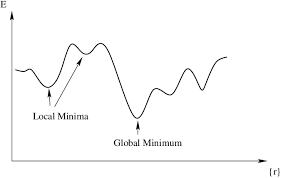I think you misunderstand what a whole life CO2 assessment is. It factors in the carbon per longetivity. Often you will also be assessing other factors like cost per co2 too.
Rail is a predominantly upfront CO2 cost in infrastructrue for much lower operational CO2 costs and as such these questions are quite important if your job is decarbonisation of Rail.


Triple the cost and start building mixed use developments on them.